Elon Musk smoked pot and drank whiskey on the Joe Rogan podcast and said he’s going to soon announce a new “Neuralink” product that can make anyone superhuman.


Elon Musk smoked pot and drank whiskey on the Joe Rogan podcast and said he’s going to soon announce a new “Neuralink” product that can make anyone superhuman.
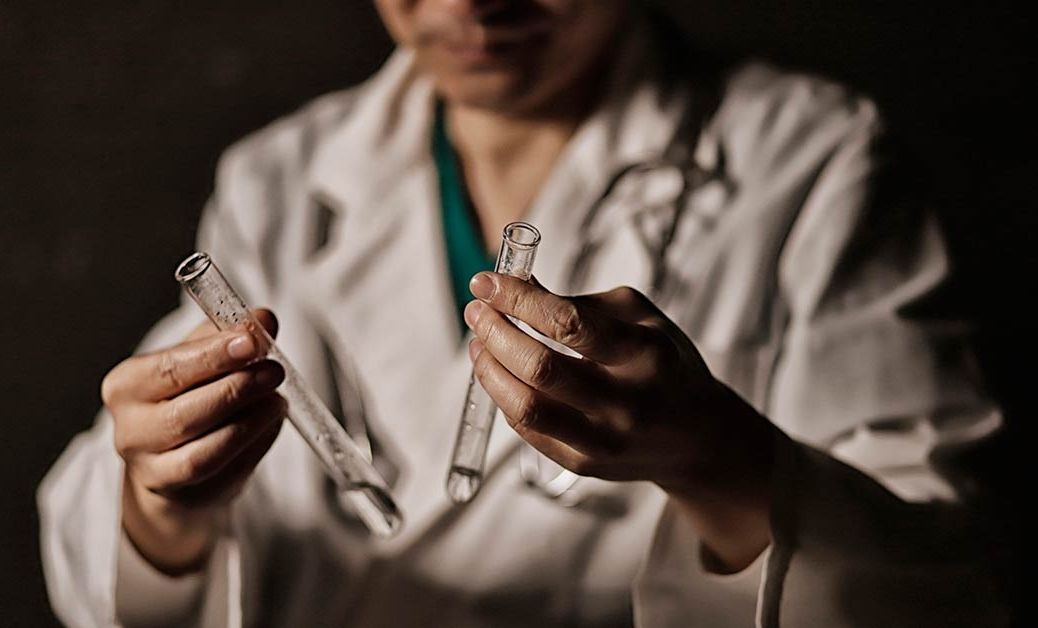
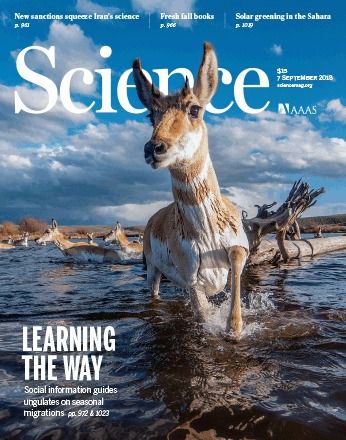
Alzheimer’s disease is one of the biggest medical challenges of our time. About 30 million people worldwide are living with Alzheimer’s disease, and the numbers are predicted to increase to 100 million by 2050 if we do not find effective prevention or treatment strategies (1). Substantial evidence suggests that leading a healthy lifestyle, including regular exercise, may lower the risk of developing Alzheimer’s disease. However, the mechanisms through which exercise protects the brain and whether we could bottle these as a treatment remain controversial. On page 991 of this issue, Choi et al. (2) reveal that in a mouse model of Alzheimer’s disease, exercise improves memory through a combination of encouraging neurogenesis in the hippocampus and increasing the levels of brain-derived neurotrophic factor (BDNF), a growth factor that supports neuronal survival. Their findings suggest that agents that promote both BDNF signaling and neurogenesis might be effective in preventing or treating Alzheimer’s disease.
http://www.sciencemag.org/about/science-licenses-journal-article-reuse
This is an article distributed under the terms of the Science Journals Default License.

Los Angeles County officials launched a program Wednesday to help locate people with autism, Alzheimer’s disease or dementia who may wander off and go missing.
The program, called L.A. Found, will make use of bracelets that can be tracked through radio frequency by sheriff’s deputies. It will also create a new office, housed within the department of Workforce Development, Aging and Community Services, to coordinate a countywide response when somebody goes missing.
“If you get lost, we will help find you,” county Supervisor Janice Hahn, who championed the initiative, said at a news conference.

More than a quarter (1.4 billion) of the world’s adult population were insufficiently active in 2016, putting them at greater risk of cardiovascular disease, type 2 diabetes, dementia, and some cancers, according to the first study to estimate global physical activity trends over time. The study was undertaken by researchers from the World Health Organization (WHO) and published in The Lancet Global Health journal.
Together, these estimates demonstrate that there has been little progress in improving physical activity levels between 2001 and 2016. The data show that if current trends continue, the 2025 global activity target of a 10% relative reduction in insufficient physical activity will not be met.
“Unlike other major global health risks, levels of insufficient physical activity are not falling worldwide, on average, and over a quarter of all adults are not reaching the recommended levels of physical activity for good health,” warns the study’s lead author, Dr. Regina Guthold of the WHO, Switzerland.

In my life as a human, I see clues that evolution on Earth and elsewhere in the cosmos at large is not being pushed from behind in entropic randomness but being pulled forward by complexification, natural selection and other evolutionary forces orchestrated by a strange unseen teleological attractor, in McKenna’s words “the Transcendental Object” at the end of time. One may see significant overlapping ideas between the transhumanist Technological Singularity and the Teilhardian Omega Point. The coming Technological Singularity could unravel one of the deepest mysteries of fractal hyperreality: consciousness alternating from pluralities to singularities and from singularities back to pluralities. We are already immortal, but the forthcoming Syntellect Emergence when your mind is digitized, will preserve some of your organic memories if you so desire, and most importantly, will ensure the continuity of your subjectivity into the higher realms of existence. #LifeboatFoundation
By Alex Vikoulov.
“If the doors of perception were cleansed then everything would appear to man as it is, Infinite. For man has closed himself up, till he sees all things through narrow chinks of his cavern” –William Blake.
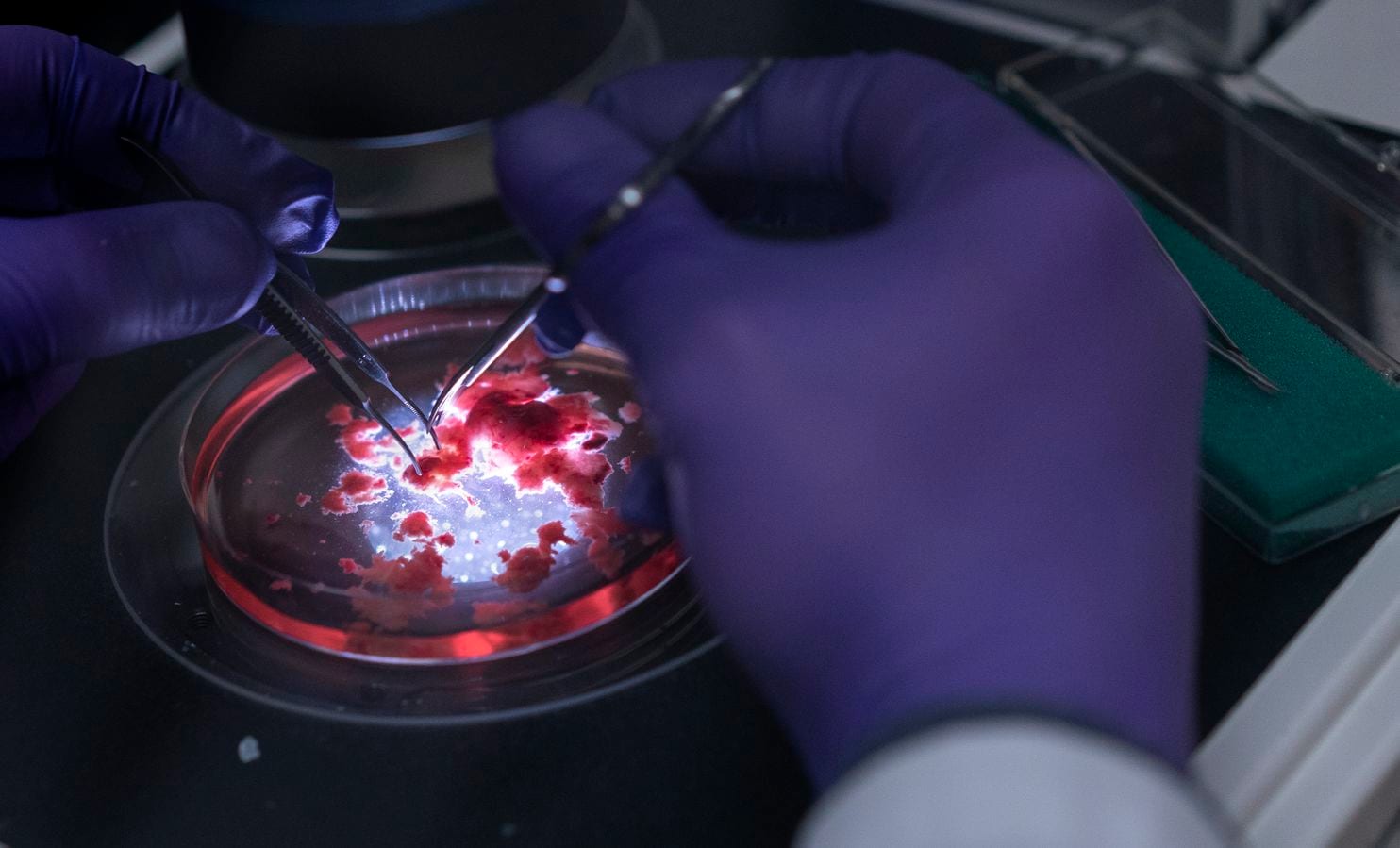
At the moment, minibrains are far from anything approaching moral personhood in a dish, and the technology may never come close. But the rapid pace of progress on organoids has led scientists and ethicists to call for a public ethical discussion that can move in tandem with the research.
Human ‘minibrains’ are far from conscious, but scientists say it’s time to talk about ethics.
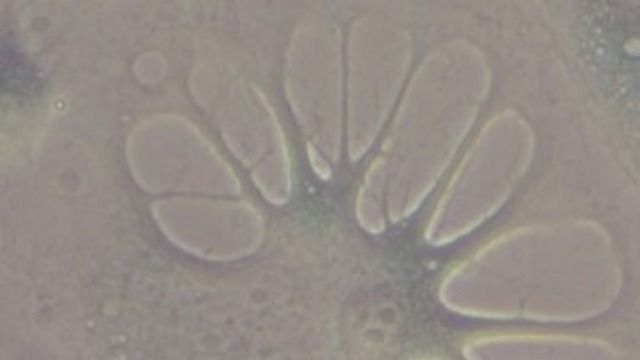
The ability to reverse ageing is something many people would hope to see in their lifetime. This is still a long way from reality, but in our latest experiment, we have reversed the ageing of human cells, which could provide the basis for future anti-degeneration drugs.
Ageing can be viewed as the progressive decline in bodily function and is linked with most of the common chronic diseases that humans suffer from, such as cancer, diabetes and dementia. There are many reasons why our cells and tissues stop functioning, but a new focus in the biology of ageing is the accumulation of “senescent” cells in the tissues and organs.
Senescent cells are older deteriorated cells that do not function as they should, but also compromise the function of cells around them. Removal of these old dysfunctional cells has been shown to improve many features of ageing in animals such as the delayed onset of cataracts.
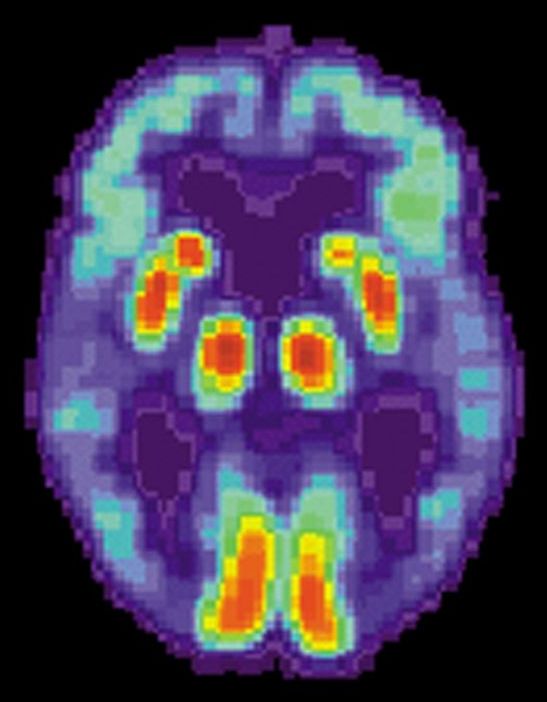
A drug which has been used to treat liver disease for decades could help to restore cells damaged by Alzheimer’s, a new study from the University of Sheffield has found.
The pioneering study, funded by Alzheimer’s Research UK, discovered the drug ursodeoxycholic acid (UDCA) improves mitochondrial dysfunction – which is known to be a causative factor for both sporadic and familial Alzheimer’s disease.
Mitochondria play a pivotal role in both neuronal cell survival and death as they regulate energy metabolism and cell death pathways acting as a cell’s battery.
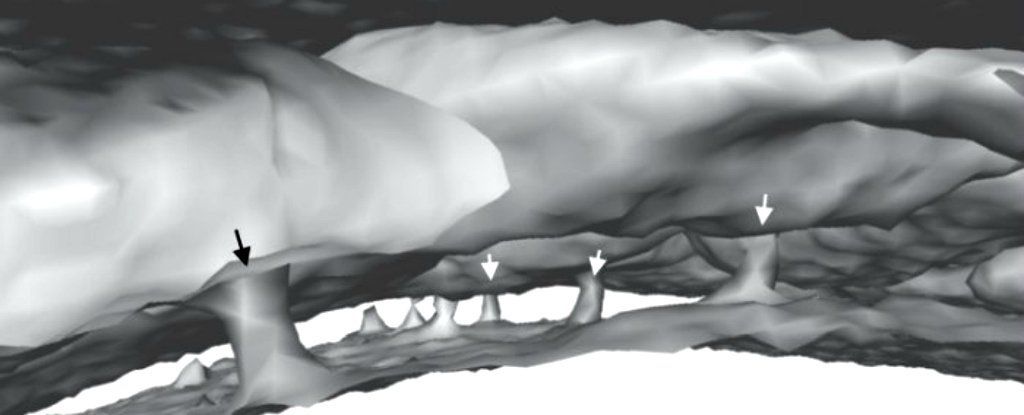
Did you know you have tiny tunnels in your head? That’s OK, no one else did either until recently! But that’s exactly what a team of medical researchers have just found in mice and humans — tiny channels that connect skull bone marrow to the lining of the brain.
The research shows they may provide a direct route for immune cells to rush from the marrow into the brain in the event of damage.
Previously, scientists had thought immune cells were transported via the bloodstream from other parts of the body to deal with brain inflammation following a stroke, injury, or brain disorder.